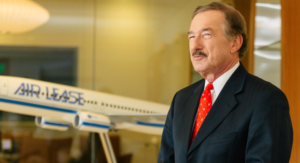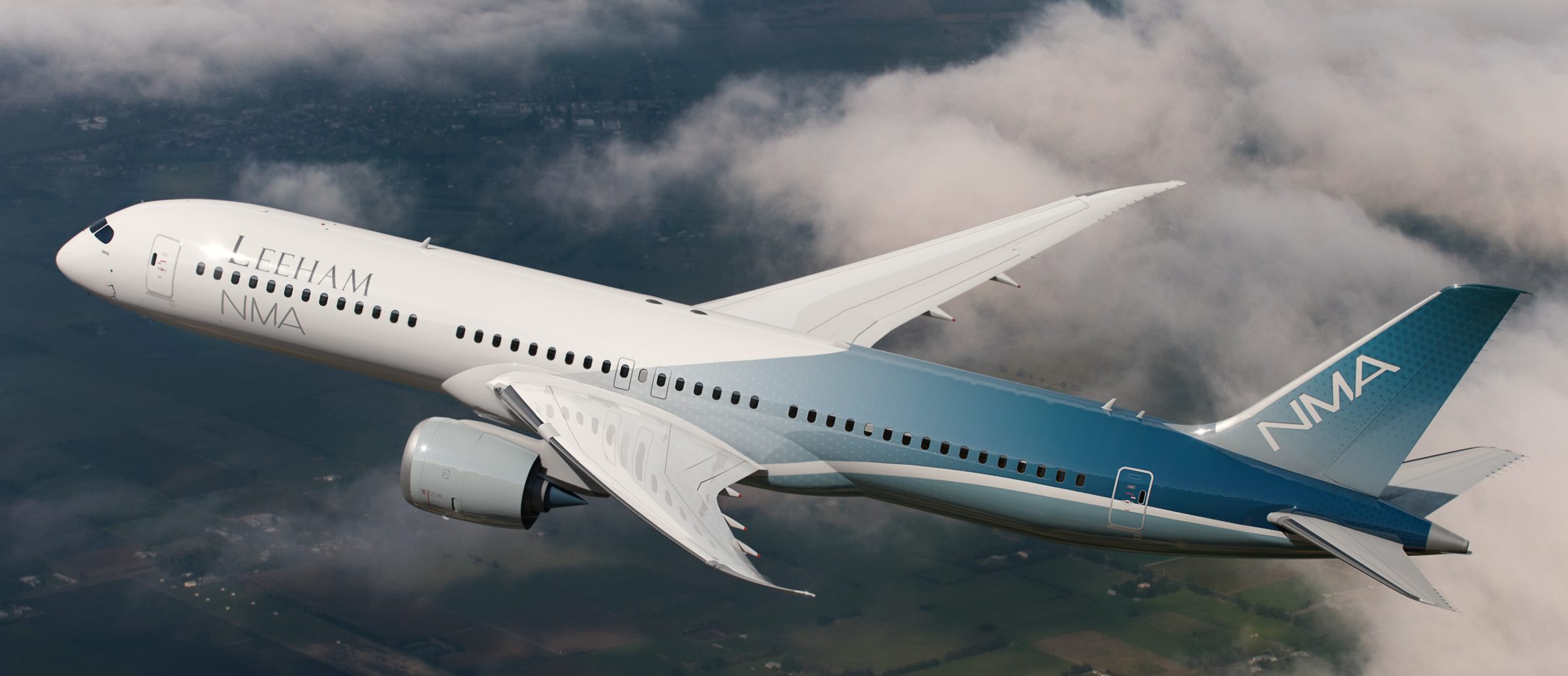Leeham News and Analysis
There's more to real news than a news release.
Analysts forecast traffic growth but scant profits for Indian airlines
Subscription Required
By Bryan Corliss
Oct. 17, 2022 © Leeham News: After sustaining major losses in their most-recent fiscal years, India’s airlines will recover in 2022. But rising fuel and labor costs, plus weak prospects for financing will constrain near-term growth.
That’s the analysis of Aairavat Transport & Technology Ventures consulting firm.

An IndiGo Airlines A320Neo on the runway at Mumbai. IndiGo is India’s largest airline. Photo by Timothy A. Gonsalves.
AT-TV’s assessment is less bullish than Boeing’s market outlook, which projects Indian airlines to add 25% capacity over the next year, with long-term growth targeted for 7%. Airbus is slightly more cautious, projecting 6.2% annual growth over the next two decades.
India is one of the world’s largest aviation markets. It’s also been one of the most challenging, with bankruptcies and constant financial distress plaguing the industry.
Summary
- India airlines have been in upheaval
- Tata Group wants new aircraft for Air India
- Indian airlines sustained major losses last year
- OEMs see long-term growth, but near-term outlook is choppy
Air Lease Corporation tops LOI with launch order for Airbus new freighter
By Bjorn Fehrm
November 15, 2021, ©. Leeham News Dubai: Air Lease Corporation (ALC) crowned its agreement for 111 Airbus single-aisle and wide-body aircraft with a launch order for the new A350F freighter.
The order for seven A350F was part of a 111 unit long-term deal to top up ALC’s 100 aircraft order from Le Bourget Airshow 2019. With 25 A220-330s, 55 A321neos, 20 A321 XLRs, four A330neos, and seven A350Fs, Air Lease is now covered until after 2025.
“We think it’s timely to order these aircraft now, before the post COVID rush for new aircraft sets in,” said Air Lease’s Executive Chairman Steven Udvar-Hazy. The leasing company thus secures its availability of aircraft in a market with rekindling demand and an Airbus that’s approaching capacity limits.
Twin-aisle leasing market challenges
Subscription Required
By Vincent Valery
Introduction
Sep. 7, 2020, © Leeham News: The timeline for a passenger traffic recovery remains uncertain. The IATA does not expect passenger traffic to return to pre-COVID-19 levels until 2024. Leeham Co. predicts that it will take four to eight years before traffic returns to pre-COVID-19 levels.
Long-haul markets, where airlines almost exclusively operate twin-aisle aircraft, witnessed the sharpest drop in passenger traffic. As outlined in a previous article, airlines already retired significant numbers of older aircraft. Due to lingering travel restrictions, those markets should be the slowest to recover to pre-pandemic levels.
Ishka, the UK-based appraisal company, outlined the sharp drop in aircraft lease and purchase prices since the beginning of the pandemic. Unsurprisingly, twin-aisle aircraft are among the worst affected. There are virtually no takers for second-hand widebody passenger aircraft now.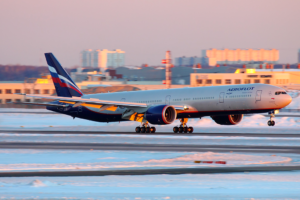
Separately, Airbus and Boeing decreased their passenger twin-aisle production rates from a combined 28 to 15 per month from next year: 787 at six, A350 at five, 777 and A330 at two each.
Given the extent and expected duration of the drop in long-haul passenger traffic, LNA analyzes the factors that will influence leasing rates in the twin-aisle market this decade.
Summary
- Current in-service widebody fleet;
- Lease expiration timelines;
- Some models more exposed than others;
- The rationale for current twin-aisle production rates;
- Major factors outside airlines’ and lessor’s control.
Engine maker, lessor see Boeing’s next airplane as a single-aisle design
Subscription Required
Now open to all readers.
By Scott Hamilton
April 2, 2020, © Leeham News: Boeing’s New Midmarket Airplane, or a new concept, is the last thing on the plate right now.
But Boeing’s future product strategy nevertheless requires long-term thinking even as the short- to medium-term is in chaos.
Interviews were conducted March 2 at a major aerospace conference in Austin (TX), just days before the coronavirus crisis exploded exponentially across the globe.
The CEO of the major lessor, Avolon, declared the NMA dead and predicted a new single-aisle airplane will be Boeing’s next project.
An executive of Pratt & Whitney offered a similar view.
Summary
- “The NMA is gone. Long live the NMA. That moment has passed.
- Back to the 757 replacement concept and, now, A321XLR competitor.
- Single-aisle vs light twin-aisle is part of the challenge.
- New airplane must be “dramatically” more efficient than MAX, neo.
- 2030 decade is the quickest this dramatic improvement can be achieved.
Lower interest rates, a tailwind for new orders
Subscription Required
By Vincent Valery
Introduction
Sep. 16, 2019, © Leeham News: Over the last few weeks, LNA outlined significant production gaps from 2022 onwards for the major widebody programs at Airbus and Boeing. The OEMs expect airlines to place large fleet renewal orders to fill those.
Aircraft deliveries need to be financed one way or another. Access to affordable financing is crucial for airlines and lessors to make good on their orders.
Interest rates in the world’s major currencies hit an all-time low a few weeks ago. The 30-year US Treasury yield dipped below 2%, while the 10Y German Bund was at -70 basis points.
Corporations duly took advantage of the lower rates to issue record amounts of debt in US dollars during the first week of September. United Airlines and Bank of China Aviation were among them.
We will analyze how lower interest rates could benefit the aviation industry.
Summary
- Varying interest rate exposure for airlines and lessors.
- Level of access to capital markets among airlines.
- Hurdles to capitalize on low interest rates.
- Unlikely beneficiaries if low rates persist in the near future.
- Boosting new widebody order prospects.
Is Long-Haul LCC viable? Part 2
By Bjorn Fehrm
April 04, 2018, © Leeham News.: In the first article about Long-Haul LCC and if it’s a viable business, we looked at ticket pricing strategy used by airlines to maximize revenue on a route. Now we look at the cost side of the equation.
The cost level for a Long-Haul LCC is of utmost importance. A lower cost level than the Legacy carriers flying the same routes is the only way the company can compete. It’s seldom it offers origins or destinations not offered by other airlines. Its mission is to offer a popular air transport service at a lower cost.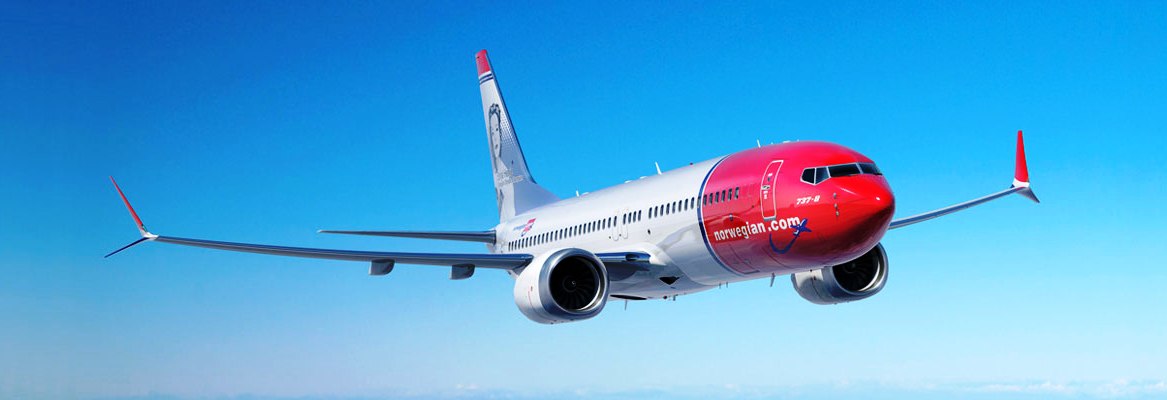
Lessors and investors disagree on transparency
Special to Leeham News
By Jack Dutton
Jan. 25, 2018, © Airfinance Journal, Dublin: The opacity of the industry in regard to asset prices is one of the main challenges for aircraft lenders and investors, according to a panel of investors speaking at the 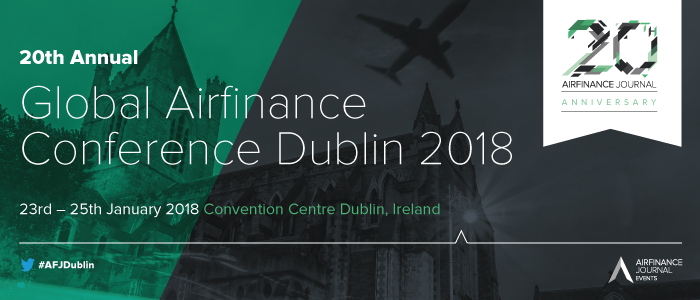 20th Annual Global Airfinance Conference in Dublin.
20th Annual Global Airfinance Conference in Dublin.
“The lack of transparency on pricing is your biggest challenge as an aircraft lender or holder. The leasing companies were in the best position to hold good pricing information,” said David Andrews, managing partner of transport, Hudson Structured Capital Management.
20-year old ISTAT definitions “archaic”
Special to Leeham News
By Michael Allen
- ISTAT definition “quite archaic.”
- Appraisers says aircraft disparity in ABS transaction can be due to lack of information provided by the arrangers.
Jan. 25, 2018, © Airfinance Journal, Dublin: “We get asked to value a portfolio of 35-aircraft,” says Rikard de Jounge vice president – asset valuations at Avitas.
 “No one tells you that the valuation is for an ABS transaction. They just ask for market and base values,” he adds.
“No one tells you that the valuation is for an ABS transaction. They just ask for market and base values,” he adds.
Stuart Hatcher, head of intelligence at IBA Group, says it is still a “secretive market”.
“Providing that we are dealing with sellers, the information is generally good. The issue we tend to find is with the arrangers. And the communication can be quite sporadic,” he says.
The other issue is how much you are including into a valuation for a lease-attached aircraft.
It’s time to unwind, get healthy, eat right and avoid jet lag, says Airbus’ Leahy
John Leahy has been with Airbus 33 years, holding his current position as COO-Customers for more than 20 of these. He retires this month. Jan. 15’s 2017 year-end Orders and Deliveries press conference will be his last. LNC interviewed Leahy about his tenure at Airbus. Parts 1, 2 and 3 appear here, here and here. Today is Part 4. LNC’s Scott Hamilton has known Leahy for nearly 30 of these 33 years.
Jan. 12, 2018, © Leeham Co.: “I want to unwind, get healthy, eat right and not be in a constant state of jet lag. At 44, 45, I didn’t mind it. Right now, the thought of

The end of an era. Airbus President Fabrice Bregier (L) and COO Customers John Leahy. Bregier leaves Airbus next month after more than two decades. Leahy retires this month after more than three decades. Photo via Google images.
doing trips to Australia, I’d be jet lagged for three days.”
These are John Leahy’s plans for the first year after he retires in a matter of days after 33 years at Airbus.
When he was younger—that age 45 he referenced above—he thought nothing of working in Toulouse, Airbus headquarters, on Monday, getting on a plane to fly to Southeast Asia and Australia and be back in Toulouse to put in a full day on Friday—working the clock to make the long, long round trip.
“It was sort of fun,” he recalls. “I did a lot.” But not now.



